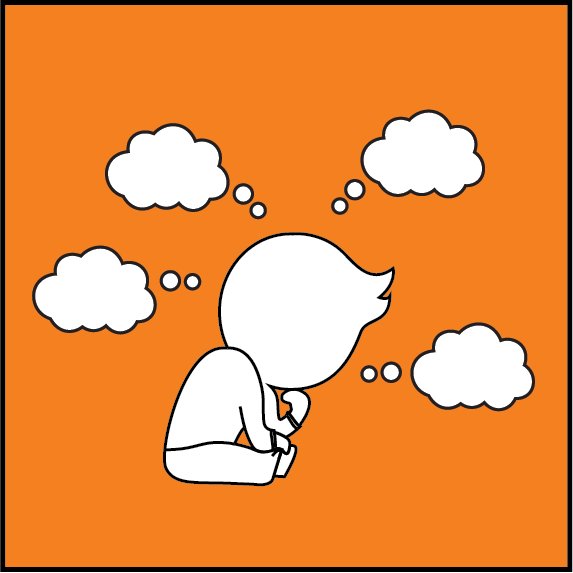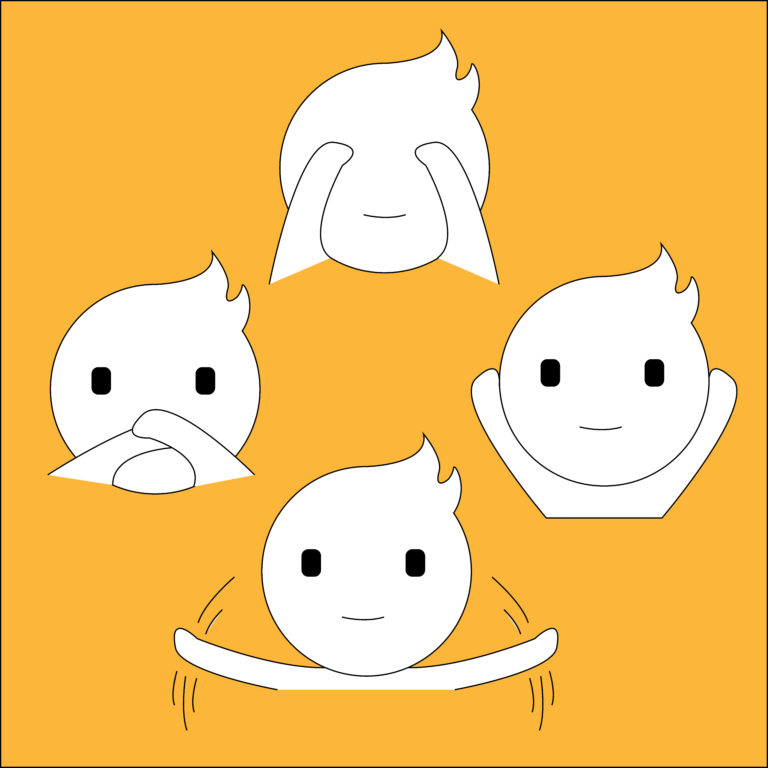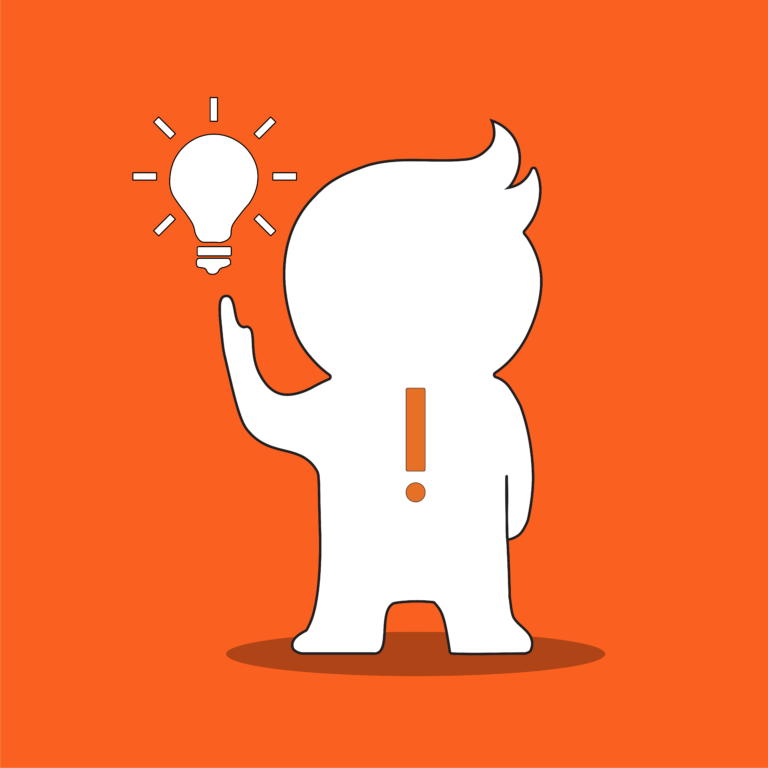The 4 stages of the Creative Thinking Process

Written by Anderson Niu
February 1st, 2021
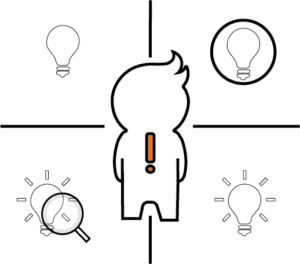
Have you ever asked yourself how does your creative thinking process really work?
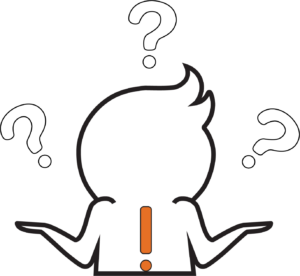
Many people think creativity starts with an idea, but the reality is most creative ideas do not just pop into your head. Hence, if you want to come up with creative ideas, you need to establish the circumstances for it to happen. You cannot just hope for inspiration to come from nowhere.
We all need a plan for our creative thinking process, and each one of us has a unique approach for that. In 2016, I started my own research to map out the creative thinking process of different personality profiles to find patterns in their decision making and creative process. You can find more about our research by taking our creativity test.
When Do we Use Creative Thinking?
Creativity consumes our time and our mental energy; therefore, we don’t need to use our creative thinking all day long. In fact, there are two scenarios we can consider using our creative thinking:
1) When we want it, such as goofing around or any other frivolous aspect;
2) When we need it, such as solving problems, designing something, or planning for the future.
When we are trying to solve a problem, there are two different spectrums of thought we use to come up with a solution for it:
- First, we use the creative thinking process to explore possibilities, analyze negative outcomes, and to innovate;
- Second, we use our critical thinking to analyze how crazy or manageable the ideas generated on the creative thinking step are.
In this article, I bring a summary of the 4 stages of the creative thinking process, according to the book “The Art of Thought”, by Graham Wallas. This is a general overview of the steps individuals take to generate new ideas, but it is far from being an accurate theory when it comes to individual preferences.
THE STAGES OF THE CREATIVE THINKING PROCESS
Graham Wallas was an English social psychologist an educator, and the author of “The art of thought”, originally published in 1926 . In his book, Wallas has an interesting theory regarding the creative thinking process, which can still be applied nowadays, regardless of being an old theory, stating that it comes in four stages:
- PREPARATION
- INCUBATION
- ILLUMINATION
- VERIFICATION
STAGE 1: PREPARATION
 In the first stage of the creative thinking process, you define the problem, need, or desire, and then collect any information regarding the topic or problem. After all, the goal is to acquire as much knowledge as you can about the topic or problem.
In the first stage of the creative thinking process, you define the problem, need, or desire, and then collect any information regarding the topic or problem. After all, the goal is to acquire as much knowledge as you can about the topic or problem.
After you gather the information, you read, sort, evaluate, organize, and outline it. You do anything that can help you move towards finding a solution. You want to immerse yourself in the topic or problem. In this stage, you are trying to absorb as much information as possible.
STAGE 2: INCUBATION
Incubation involves mentally processing the information you collected in stage 1. The information will begin to make sense in your mind. So, you begin making new connections, separating out unnecessary information, and cultivating new thoughts.
As you move through the incubation stage, you want to slowly step back from the topic or problem and let your mind contemplate and work through potential solutions or ideas. Letting your mind wander leads to greater creativity.
The unconscious thought process involved in creative thinking is at work during this stage. Therefore, you want to stop consciously thinking of the topic or problem and turn your attention to something else. You may go for a walk, go for a jog, or do something else. Basically, anything that can give your conscious mind a rest. You want to give your unconscious mind time to digest all the material you gathered in the preparation stage.
All the information that you gathered slowly starts to take a subconscious effect. You stop consciously thinking about the problem you are trying to solve. After a period of incubation, the creative ideas often occur unexpectedly.
Some say that the incubation stage may take minutes, weeks, or even years.
STAGE 3: ILLUMINATION

This is the stage where the idea, which has been incubating, suddenly takes shape. This is the “aha moment”, or the “light bulb” moment. This usually comes when you are not actively thinking of a solution or creative idea. You are often doing something else like exercising, taking a shower, driving, or just resting.
You will typically have an emotional reaction or joy, knowing you have found the idea or solution for which you have been searching. This is the feeling you get when you have been struggling with your thoughts and cannot quite put your finger on what is missing.
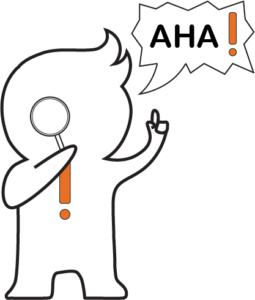
Suddenly, the ambiguous becomes clear. The idea appears suddenly and comes with a feeling of certainty. This is when all the pieces to the puzzle seem to fit together. Your overwhelming impulse is to get ideas down on paper or other recording instrument.
Unlike the other stages, illumination is often very brief, involving a tremendous rush of insight within a short period of time.
STAGE 4: VERIFICATION
 After you come up with creative idea, you want to determine if it will work or not. Therefore, tin the final stage of the creative thinking process, you want to evaluate, test, and hopefully verify the idea that came to you in the illumination stage.
After you come up with creative idea, you want to determine if it will work or not. Therefore, tin the final stage of the creative thinking process, you want to evaluate, test, and hopefully verify the idea that came to you in the illumination stage.
You need to use your analytical and critical thinking skills to vet your idea. If the idea or solution is not going to work, you may have to go back through the creative process from the beginning. However, if it is acceptable or if you just need some minor modifications, the creative process is complete.
CONCLUSION
I know, I know. Since the book was published (1926), a lot of things have changed. Nevertheless, the idea of categorizing the stages of the creative thinking process was an ingenious approach for that time. The 4 stages of creative thinking were presented in a general and holistic approach so you could have an idea of how ideas can be developed, but don’t be naïve to think that this is the only way to generate ideas in the creative thinking process.
Here at Newspot, in our research, we found 12 different mental systems; each one with their own stages for the creative thinking process. Before telling you more about our results and how we can help you to be a better problem solver or creative thinker, you must know in what group you would fit best.
Take our creativity test to find out your creative profile and let us know your result in the comments below.



